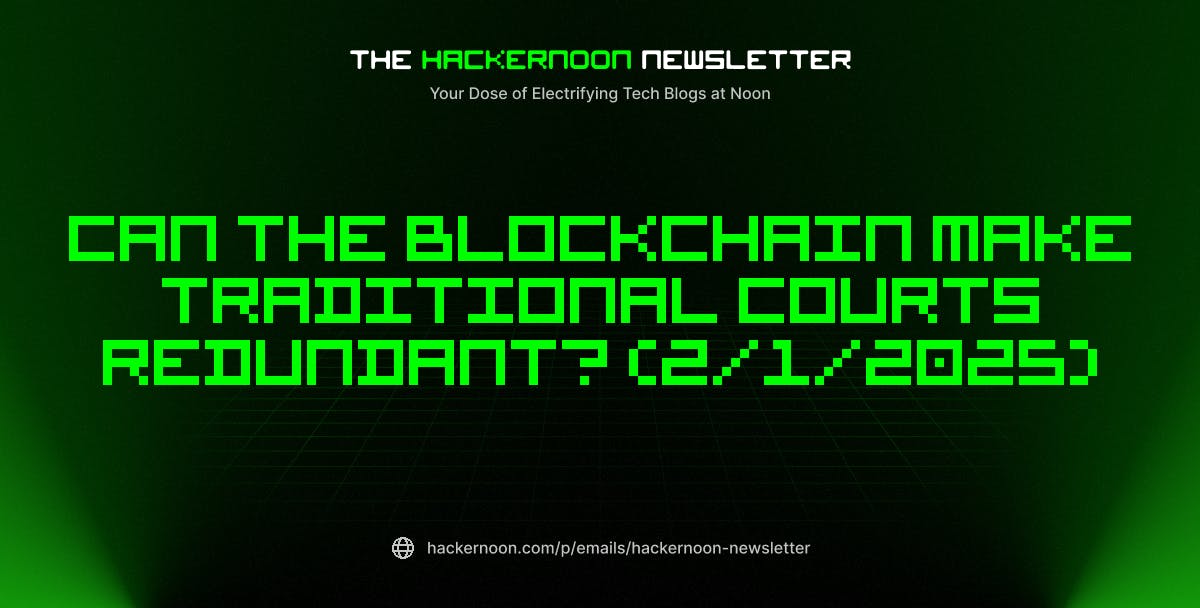Table of Links
Abstract and I. Introduction
II. Award Form and Content
III. Electronic Signatures, Writing Requirement, and Authentication
IV. Can Multisig Arbitration be Seen as an Autonomous Legal Order?
V. Conclusion
Appendix A: Multisig Transaction on Bitcoin Testnet Example
Appendix B: Breakdown of BTC Stored in 2/3 Multisig Accounts
C. COULD A MULTISIG E-AWARD BE DULY AUTHENTICATED?
Before considering the issue of authentication, it should be pointed out that a multisig e-award is different from a traditional paper award in that it is self-enforcing. Once the multisig signature threshold has been met and the transaction is broadcast to the network, the funds are released to the recipient. Enforcement of a mutlisig award is not necessarily an issue, but whether the act of releasing funds puts an end, in whole, or in part, a dispute and if the resulting raw transaction data could be recognized as an award.
This is important because if multisig is not capable of being recognized, then a multisig transaction could be challenged in any court with competent jurisdiction and an arbitrator’s finding reversed. Although technically the multisig transaction is non-reversible at the code level, a court could order compensation to be paid notwithstanding the execution of the transaction on a blockchain. When a participant deposit an asset into a multisig account, there is an understanding that the asset will not be transferred unless certain conditions are met, namely the requirement of M-of-N signatures and the occurrence of an event or the performance of an obligation. The arbitrator makes a determination if the conditions have been satisfied and releases the funds by signing a transaction with his or her private key. As such, multisig can be viewed as a separate and distinct contract from the underlying agreement between the participants. For instance, in a sale of goods agreement, if no goods or sub-standard goods are delivered, the buyer could sue the seller for breach even if a third party releases funds from a multisig account. The decision of the arbitrator, ipso facto, does not have res judicata effect and is somewhat analogous to a decision of a bank releasing funds under a letter of credit.
In addition, if the multisig process is not seen as a form of international commercial arbitration and the arbitrator fails to perform the decision-making function to the level expected of a technologically-savvy prudent adjudicator, he or she may face unlimited personal liability. The arbitrator owes concurrent contractual, non contractual, and equitable duties towards multisig ‐ participants. So, it is vital for a multisig transaction to be recognizable as a final and binding award.
Under Article IV(a) the New York Convention, a party applying for recognition must supply a “duly authenticated original award.” The Convention does not define the meaning of authentication, but commentators are in general agreement that it can be defined as the process of confirming the authenticity of arbitrators’ signatures[38]. The law applicable to issues related to authentication can either be the lex loci arbitri or the law of where recognition is sought[39]. According to the travaux préparatoires, the drafting committee preferred to give the court where recognition is sought more flexibility in determining the governing law than the Geneva Convention of 1927, which only pointed to lex loci arbitri[40]. In common law jurisdictions, the act of confirming the authenticity of a signature is viewed as an evidentiary matter. It does not require to be in any particular form and in the interest of justice and efficient conduct of court business, a simple straightforward method is usually preferred[41]. The act can be performed by public officials, lawyers, witnesses, or arbitration institutions[42]. On the other hand, in most civil law jurisdictions, the concept of authenticity is viewed more narrowly and traditionally require a competent public authority or a notary public to verify the truthfulness of documents[43].
According to Yu and Nasir, Article IV should be read in conjunction with Article III and if the country of where the award was made permits the issuance of awards in electronic form, there should be no barrier to accepting the award as duly authenticated[44]. Lederer notes that although an indefinitely reproducible electronic document cannot be seen as “original,” in relation to electronic data, it can be an authentic copy, where the authorship of the data can be reliably proven[45]. However, Otto cautions against electronic awards as there is no unanimous view of authentication and some countries have taken a strict view[46]. There is a risk if recognition is sought in a civil law jurisdiction, the multisig transaction may not be viewed as final and binding.
If we apply the law of England as the lex loci arbitri, under Section 7(3) of the ECA 2000, “any person” can certify an electronic signature with a statement confirming the authenticity. Section 7, Part III (15)(2)(a), further provides that the term “authentication” relates to whether an electronic communication or data: (i) comes from a particular person or other source; (ii) is accurately timed and dated; (iii) is intended to have legal effect.
In the case of the example in Appendix A, a signature hash can be linked to a particular signer and any alteration to raw transaction data can be detectable. The time and date is part of the data and the intent for the electronic signature to have legal effect can be established by referring to the arbitration agreement and the subsequent conduct of the parties[47]. An expert witness could certify the authenticity of the electronic signatures by checking the embedded metadata. Alternatively, an arbitrator has the option to self-certify as to the authenticity of the transaction. This method of authentication is consistent with the interest of having a pragmatic, flexible, non-formalistic, arbitration-friendly approach to the interpretation of Article IV[48].
Author:
(1) A.J. Santos, B.A. (UTSA), J.D. (STCL), Department of Private International Law, Ankara Yıldırım Beyazıt University, Faculty of Law ([email protected]).
This paper is
[38] ICCA (2011), supra note 5 at pg. 109.
[39] Oberster Gerichtshof, Sep. 3 2008 (O Ltd., et al. v. C Ltd.), in Yearbook Commercial Arbitration XXXIV 409-417 (Albert Jan van den Berg, ed., 2009). However, not all jurisdictions follow this view, some require authentication in conformity with the lex fori, such as in Italy. See Otto, Dirk ‘Article IV’: Kronke, Herbert/Nacimiento, Patricia, Otto, Dirk/Port Nicola Christine (Editors) (2010) Recognition and Enforcement of Foreign Arbitral Awards: A Global Commentary on the New York Convention, Alphen aan den Rijn, Kluwer Law International, Wolters Kluwer, pg. 144.
[40] E/2704 – Report of the Committee on the Enforcement of International Arbitral Awards (Resolution of the Economic and Social Council establishing the Committee, Composition and Organisation of the Committee, General Considerations, Draft Convention) 14 (1955).
[41] Promontoria (Henrico) Ltd v. James Friel, [2019] CSOH 2 (U.K.).
[42] Otto, Dirk ‘Article IV’: Kronke, Herbert/Nacimiento, Patricia, Otto, Dirk/Port Nicola Christine (Editors) (2010) Recognition and Enforcement of Foreign Arbitral Awards: A Global Commentary on the New York Convention, Alphen aan den Rijn, Wolters Kluwer, pg. 183.
[43] UNCITRAL ‘Promoting Confidence In Electronic Commerce: Legal Issues On International Use Of Electronic Authentication And Signature Methods’ (2007) <https://uncitral.un.org/sites/uncitral.un.org/files/media-documents/ uncitral/en/08-55698_ebook.pdf> l.a.d. 04/17/2019, pg. 4.
[44] Yu, Hong-Lin/Nasir, Motassem (2003) ‘Can Online Arbitration Exist Within the Traditional Arbitration Framework?’, Journal of International Arbitration, pg. 472.
[45] Lederer, Nadine (2019) ‘The Enforcement of Cross-Border Online Arbitral Awards and Online Arbitration Agreements. The New York Convention and the Internet: Friends or Foes?’ Spain Arbitration Review, pg. 73.
[46] Otto, Dirk (2010), supra note 42 at pg. 177.
[47] Trans-Lex.org ‘No. IV.5.1 – Intentions of the parties’ https://www.trans-lex.org/924000 l.a.d. 04/17/2019.
[48] 5A_754/2011, Federal Tribunal, 2 Jul. 2012 (Switz.) (in interpreting Article IV(2) of a partial translation, court applied a flexible, pragmatic and non-formalistic approach).











